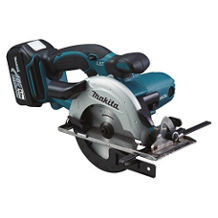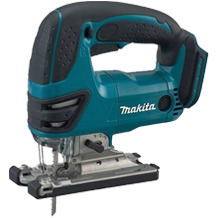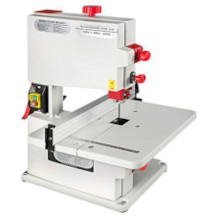Electric chainsaw purchasing advice: how to choose the right product
- The most important facts in brief
- Electric chainsaws depend on a power socket. The range of movement depends on the extension cord.
- Electric chainsaws are not as powerful as models with combustion engines, but they are lighter, quieter and more environmentally friendly.
- Ergonomic handles and vibration damping protect the hands during sawing work.
- The higher the power consumption and chain speed, the better the sawing performance.
- A chain brake that stops the chain and motor in case of kickback is an indispensable safety feature.
For woodwork in the home and garden
Chainsaws are tools that are powered by either petrol or electric motors and are used for cutting different types of wood. The term “electric chainsaw” usually describes corded models, whereas battery-powered models are simply called “cordless chainsaws”.
Electric chainsaws are not only handier, but also lighter than their petrol-powered siblings. In addition, electric chainsaws cost less on average than petrol models. In addition, their use is kinder to the environment because they do not rely on fuel to start up. On the other hand, users of electric models are dependent on a power connection: An extension cord is necessary if you need to move a little further away from the building to complete upcoming work. Freedom of movement is thus limited with a mains-powered model. In addition, the sawing performance is in many cases worse than with petrol chainsaws.
Typical applications of chainsaws in the private sector are tree and garden maintenance as well as wood cutting in the do-it-yourself sector. While petrol chainsaws can often fell entire trees, their electric counterparts usually only manage branches. With an electric chainsaw, you can also work on hedges and cut beams and firewood. Art carving is also feasible for creative people.
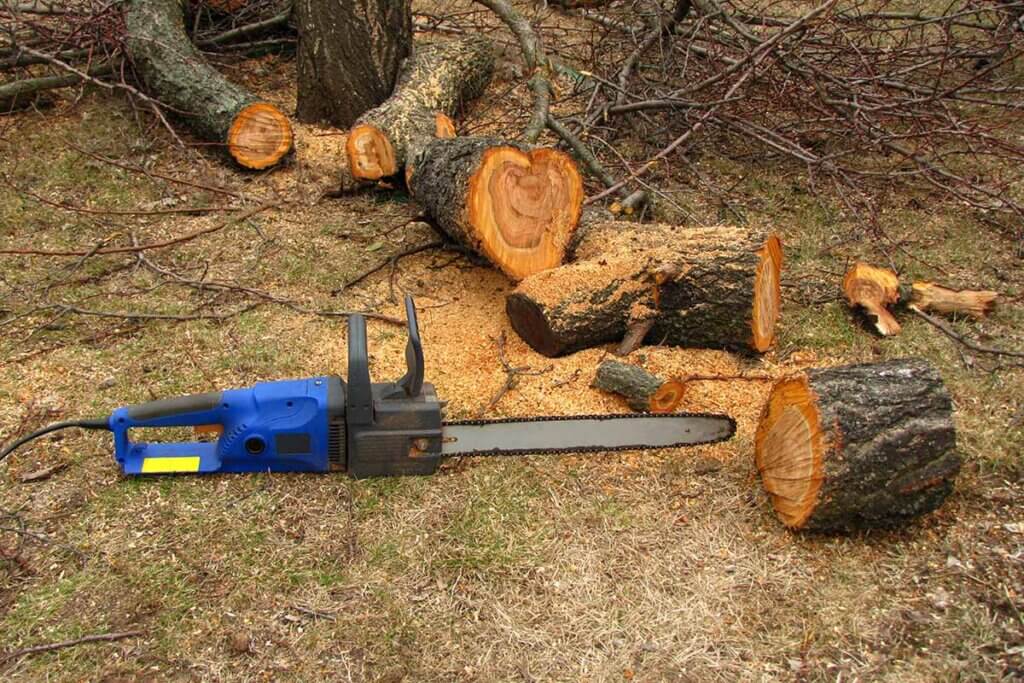
Construction of electric chainsaws
Electric chainsaws consist of a housing with an electric motor to which a metal blade, also called a bar, is attached. A saw chain, which has small teeth, runs along the guide bar. It is fixed in place with a chain tensioner.
Saw chains are made up of three types of links: the cutting links, which are responsible for sawing, the driving links, which transmit the driving force of the engine to the chain and distribute the chain oil, and the connecting links, which hold the other links together. The lubricating oil is placed in a small tank in the housing.
At the beginning of the bar is the claw stop: this is placed on the wood to help guide the chain. In addition, most chainsaws have a hand guard. It is mounted in front of the handle on the top of the housing. There is another handle at the rear, near which is the power switch. To start up, it is necessary to connect the cable that protrudes from the end of the rear handle to the mains power.
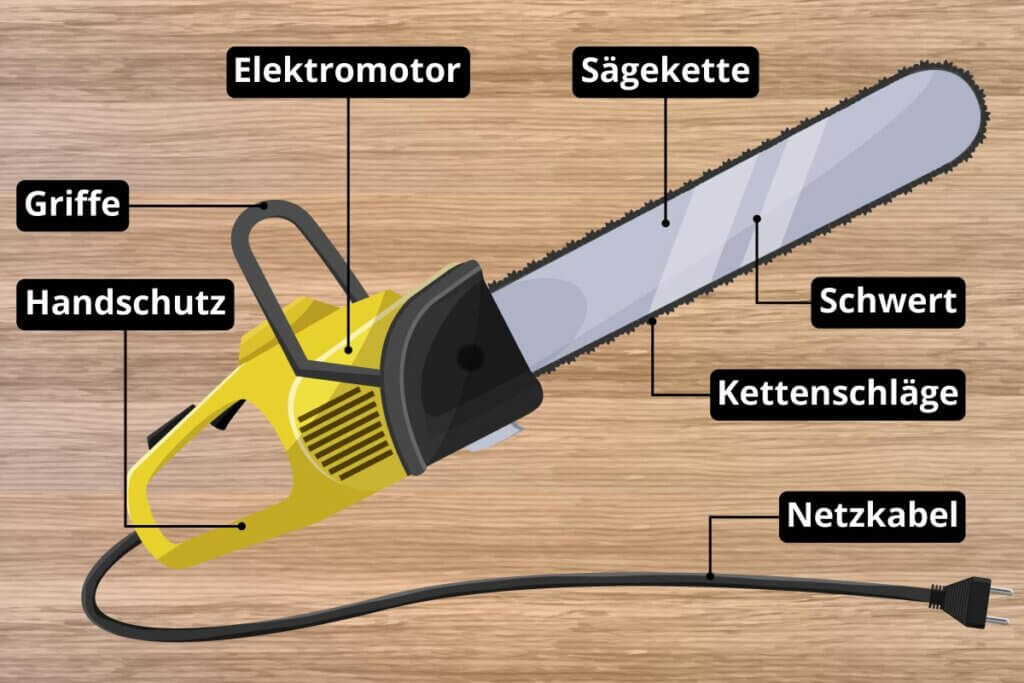
What matters when buying
When buying an electric chainsaw, three major areas are important: how well it saws, how practical it is to use and how safe it is to use. All criteria can be traced back to these aspects.
Handling
The ideal electric chainsaw should be easy to handle and sit well in the hand. For this purpose, ergonomically shaped and rubberised handles are advantageous. An integrated vibration damper reduces the transmission of vibrations at the handle. Excessive vibration disturbs the blood circulation and causes numbness in the hands when working with the chainsaw for a long time.
Another aspect of handling is maintenance. To make maintenance as easy as possible, the chain should be changed without tools and the chain tension should be easy to adjust. It is particularly practical if the chainsaw has a knob on the housing that allows you to adjust the tension automatically.
Weight
Electric chainsaws are lighter than models with combustion engines because they do not have a petrol tank. This makes them ideal for longer use. Most corded chainsaws weigh between one and six kilograms. The heavier the chainsaw or the electric motor, the higher the power is often and the worse it is to handle for longer use. This shows how important it is to balance power and handling. A weight of more than five kilograms is only useful for short uses.
Oil tank
Every chainsaw is equipped with an oil tank that ensures that the saw chain is continuously lubricated during use. It is practical if the oil tank is fitted with a viewing window so that you can read the fill level. The average filling volume is between 150 and 200 millilitres. The tank must not be empty during use, because on the one hand the saw performance decreases and on the other hand the chain quickly becomes blunt without oil. Therefore, a large tank makes sense, especially for longer use. Also make sure that an integrated oil pump distributes the oil evenly.
Bar and cutting length
In everyday language, blade length and cutting length are often used synonymously, but in fact they are two different specifications. The length of the blade describes the dimensions of the bar, while the cutting length indicates the reach of the tool, i.e. the maximum thickness of the wood that can be sawn with it. In most cases, the bar length is a few centimetres longer than the cutting length.
For chainsaws for private users, the average blade length is between 30 and 46 centimetres: this is sufficient for most work in the home and garden. There are also models with a length of more than 60 centimetres. If you only want to cut small twigs and branches, you might get by with 35 centimetres. A small 30-centimetre bar is sometimes suitable for softwood and art carving.
Anyone who wants to work on both smaller and larger pieces of wood needs a larger model with a cutting length of at least 40 centimetres. For the maintenance and limbing of strong trees and for felling trees up to one metre in diameter, a blade at least 50 centimetres long is useful.
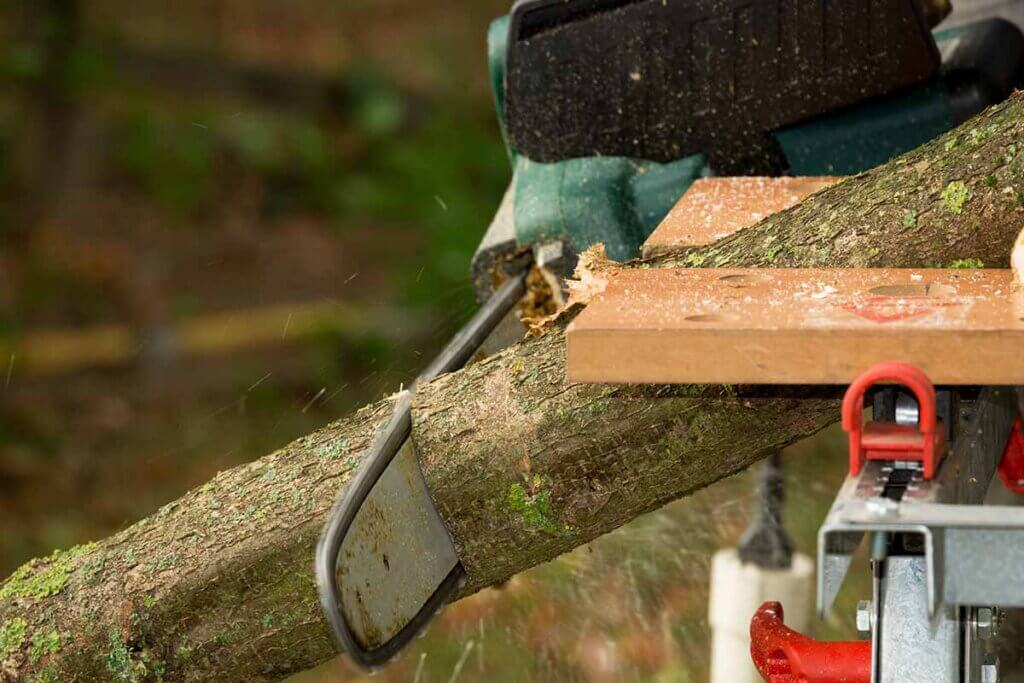
Since not only saw chains but also guide bars wear out over time, they are easy to replace. This makes it possible to use guide bars of different lengths depending on your needs. So, for example, if you often do artistic work with the chainsaw, but also want to work on larger pieces of wood, you can choose a model whose manufacturer offers bars of different lengths that you can easily replace.
Power
The power in watts describes the power consumption of the tool. The higher the wattage, the more demanding the sawing tasks that the chainsaw can handle. For simple tasks in the garden, such as hedge trimming, a power of 1,500 to 1,800 watts is often sufficient. If you want to cut hardwood, for example, you are better off with a power of more than 2,000 watts.
Note, however, that a high power input in chainsaws does not automatically mean that they can apply more force when cutting: They are not designed to be equally efficient. In most cases, models from renowned brands such as Bosch or Einhell offer better cutting power than devices from unknown manufacturers.
Chain speed
Together with the wattage, the speed of the saw chain decisively determines which tasks the tool can perform. It is given in metres per second. The higher the chain speed, the harder the pieces of wood the saw can process. In addition, the work itself goes faster. Since manufacturers state the chain speed at idle, it does not correspond to actual use: it is somewhat slower in practice. Therefore, do not choose a speed below 12 metres per second if you have demanding tasks to perform. 12 and 16 metres per second are usually enough to maintain a garden. Higher speeds are advantageous for large amounts of wood, hardwood and larger trees.
Safety features
It can happen that the chainsaw is thrown back so strongly during sawing that the user injures his upper body or even his face. A chain brake protects against this so-called kickback effect. The kickback effect occurs, for example, when the user hits obstacles or cuts pieces of wood incorrectly. In this case, the chain brake stops both the chain and the motor. A release time of no more than 0.2 seconds is recommended.
The chain brake is housed in a hand guard. The hand guard catches cut branches and thus prevents hand injuries. If you want to activate the brake intentionally, it is sufficient to push the bracket forward with your hand.
An electric run-out stop stops the chain in no time if the user lets go of the main handle. Equally dangerous when working with a chainsaw is the breaking of the chain. To prevent it from being thrown under the engine block towards the user, a chain catcher is important.
Safety equipment
Hearing protection is one of the most important pieces of equipment. Although electric chainsaws are not quite as loud as chainsaws with combustion engines, even they sometimes reach a noise level of 115 decibels. This can be compared to hammering on metal sheets. Exposure to a level of 120 decibels without protection will cause permanent hearing damage after a short time. There are only a few electric chainsaws that operate at a volume of less than 100 decibels. Even less than 105 decibels is considered quiet for tools.
A face shield or safety goggles keep wood splinters and sawdust away from the eyes and prevent injury. The face shield is easy to fit to a hard hat. This is useful when working on trees as it catches falling branches. It is best to wear cut-resistant gloves when working with the chainsaw, as otherwise injuries to the hands can quickly occur. They are often made of tear-resistant fibres with a plastic coating. In addition, there are some models with an outer layer of stainless steel. It is true that the wearing of such protective clothing is only legally required in the commercial and forestry sector. However, it is equally advisable in your own garden.
Also useful are safety shoes or boots with steel toecaps and leg protection, as well as cut-resistant trousers. Like cut-resistant gloves, leg protectors and cut-resistant trousers also have an inner layer of fine, particularly tear-resistant fabric such as Dyneema yarn.
When is a chainsaw licence necessary?
In some applications it is necessary to have a chainsaw licence. Those who need a chainsaw at work must take the associated test. Those who use a chainsaw in public forests or forestry areas or on the property of third parties also need the licence. It is not required for private use in the garden. Nevertheless, it is practical to learn how to use the chainsaw properly in a chainsaw course.
Accessories and spare parts
With a few exceptions, electric chainsaws do not come with any accessories. Nevertheless, some items are essential for correct handling. The chainsaw cannot be operated without suitable lubricating oil. In the meantime, there is also biodegradable oil, which pollutes the environment less than the conventional variant.
Saw chains need to be replaced over time: You need a new chain, for example, when the drive links no longer fit in the bar or links are broken. Manufacturers offer suitable replacement chains for different wood thicknesses and purposes. The harder and thicker the wood, the more robust the chain must be. In addition, there are chains whose links hold the lubricating oil exactly in the necessary places, as well as those that use, for example, sharpening angle markings to indicate where sharpening is required.
Before you have to replace the saw chain, you can sharpen it a few times and continue working with it. A dull chain can be recognised, among other things, by the formation of smoke during use. Furthermore, only sawdust is produced instead of chips and the working time is extended. A so-called chain sharpener or a chain file is suitable for sharpening the chain.
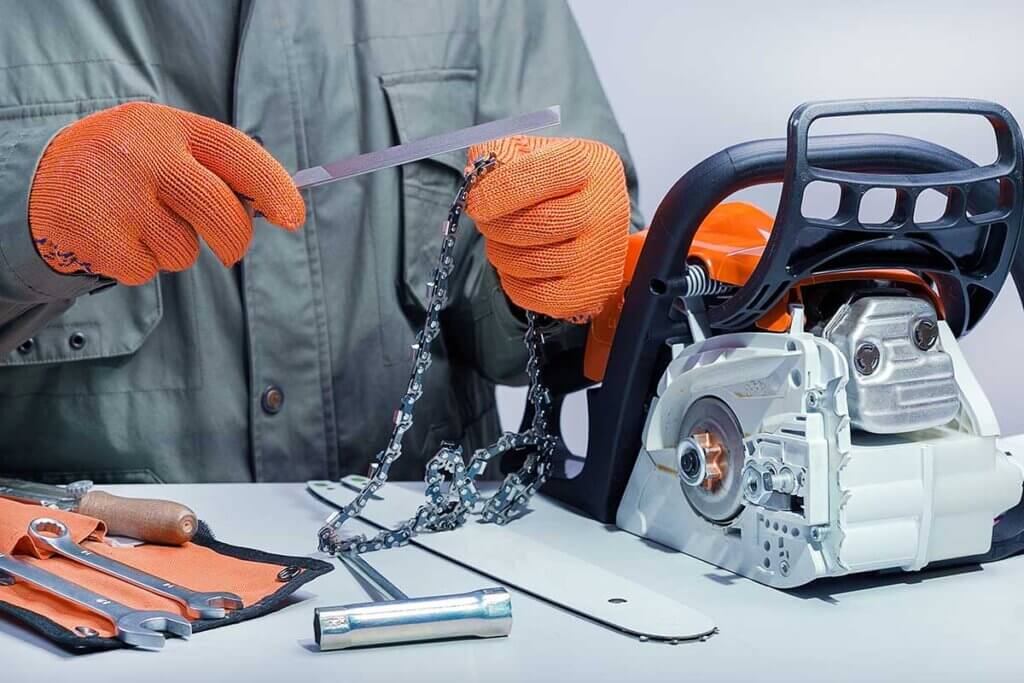
A strain relief that you put over the cable protects against cable breakage or wear damage, for example. A bar guard that you slip over the bar when the electric chainsaw is not in use protects the bar from external influences and also protects your hands from injury.

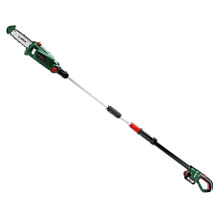


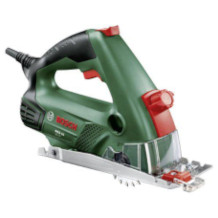
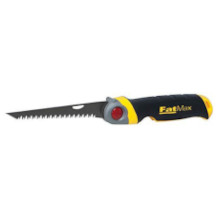
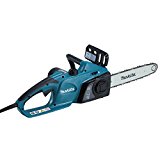
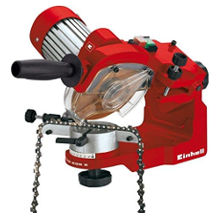
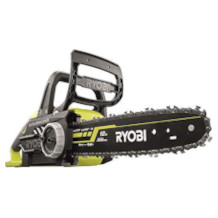
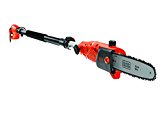
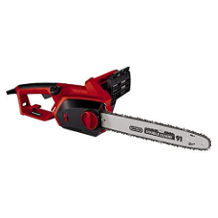

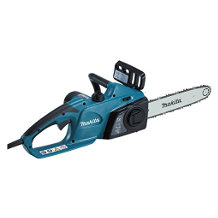
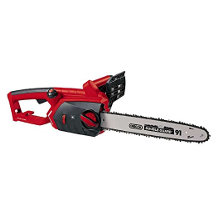
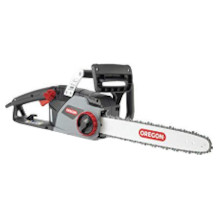
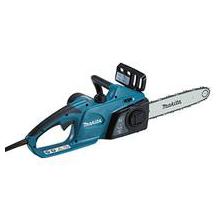
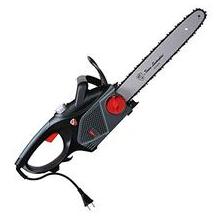
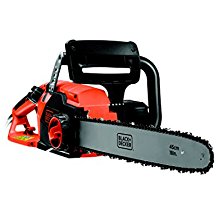
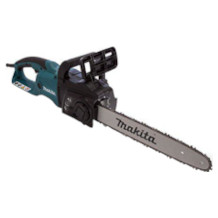
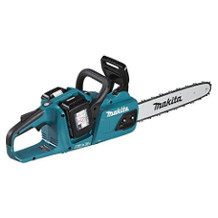
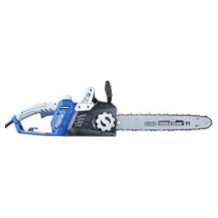
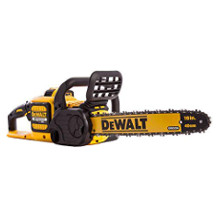

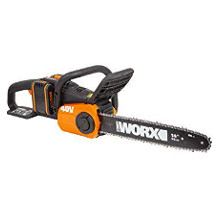
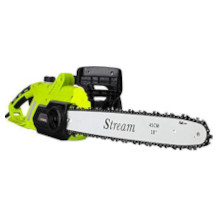
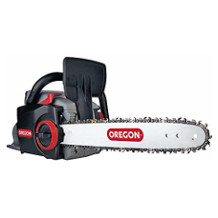

 1,278 reviews
1,278 reviews



